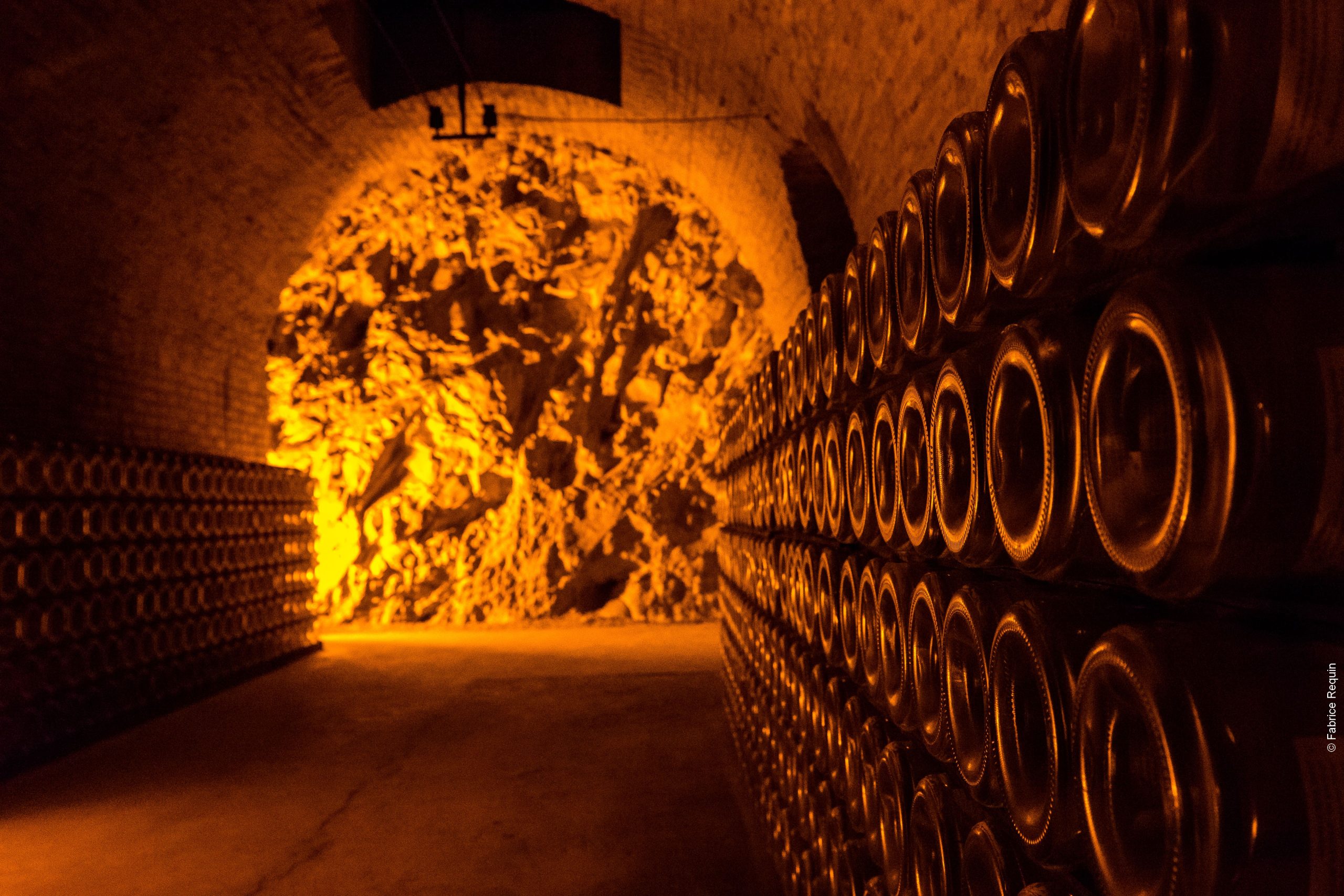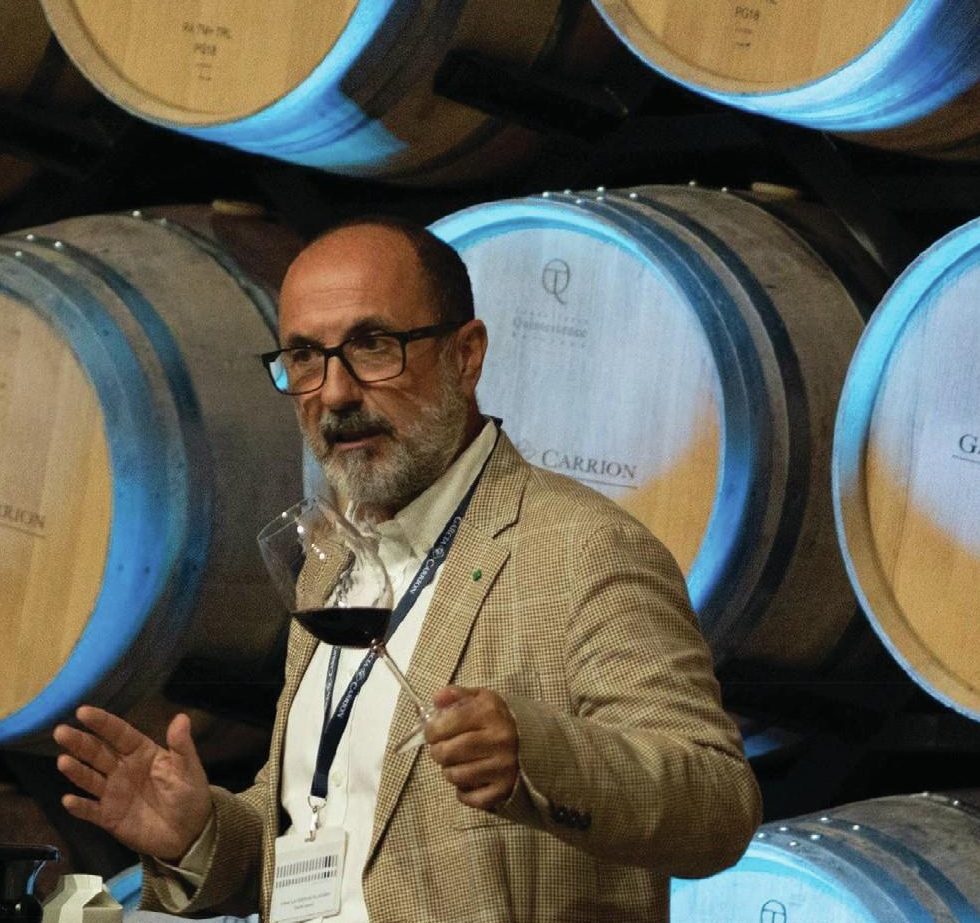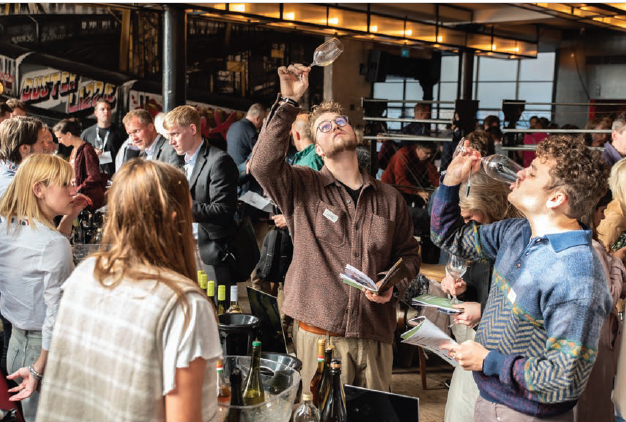Amour de Deutz 2013 shows patience rewarded in Champagne
Defined by its growing season but revealed after a decade ageing, Amour de Deutz 2013 shows that good things come to those who wait.

If there is a defining feature of the Amour de Deutz 2013, it is waiting. Champagne is always a process of waiting – after all, the bottles can only achieve their characteristic style with extended ageing – but it is especially pronounced in the cuvée. From the vineyards to the season to the winemaking, the 2013 vintage has only revealed itself with time.
In some aspects, the waiting has taken millions of years. Most of the Chardonnay in the blanc de blancs blend is sourced from the Côte des Blancs. In this sub-region of Champagne, ancient chalk appears both as layers beneath the topsoil and rocky outcrops, offering characteristic minerality and finesse.
Waiting patiently also established the prestige of these vineyards. The blend is largely sourced from the grand cru villages of Avize, Oger and Le Mesnil-sur-Oger, the latter two of which waited 70 years for promotion to the upper echelon of Champagne villages. The Chardonnays from those villages, characterised by salinity and minerality, are balanced by a selection from Trépail and Villers-Marmery, in the east of the Montagne de Reims. Their richer character is described by locals as akin to Pinot Noir.
Turning to the current release of Amour de Deutz, the 2013 growing season itself was defined by waiting. A long winter and cool spring delayed flowering, and therefore the entire season was longer and later than any of the 21st Century. In character, it was closer to the 1980s than the 2010s.
Such a long process had its own risks. The late flowering – at the beginning of July (almost 2 weeks behind the ten-year average) – left grapes vulnerable to summer hail. Then, much though the summer and autumn were mercifully warm, producers had to hold their nerve as they waited for ripeness. In a marginal climate, any delay increases a risk of climatic pressures.

Partner Content
After the 2012 vintage, praised as an all-time great, some cageyness was to be expected. However, even at the time there was cautious optimism. Producers, particularly those working with Chardonnay, started to predict good things. The longer growing season seemed to have captured both elegant structure and refined aromatics.
At Champagne Deutz, the prediction was immediate. Hailing the grapes’ perfect maturity, balance and structure, the house suspected it would be a vintage year. By the time the winemaking team tasted the first base wines, that suspicion had been confirmed. The Amour de Deutz 2013 was in its very earliest stages.
Champagne Deutz, however, knew that its grapes, harvested at the very end of September, would need sensitive winemaking and plenty of time to show their best. In a vintage that was less immediately showy than 2008, 2009 and 2012, the focus was on cautious preservation of the grapes’ aromas and the vintage’s charm.
A low-temperature vinification helped protect the delicate flavour compounds. Likewise, the wine went into stainless steel for its malolactic fermentation, protecting the young wine’s delicacy. It was then blended late, in April and May, with the added weeks on the fine lees lending body to the wine.
With more than eight years spent ageing in the bottle, the Amour de Deutz 2013 relies on slow ageing to integrate its complex aromatic palate and refined structure. The house summarises it as ‘a game of seduction’, balancing aromas of white flowers, citrus, pineapple and honeyed pastry. The palate, meanwhile, is said to be voluptuous, full and creamy with a mineral edge.
More than a decade since the harvest, the wine is only now reaching the glass. It has already picked up a string of high scores and Gold medals. However, there may be longer still to wait. “Please bear in mind that the wine is alive and will continue to evolve,” reads an instruction accompanying the tasting note. With patience, the wine’s story may not be over yet.
Related news
Castel Group leadership coup escalates
For the twelfth day of Christmas...
Zuccardi Valle de Uco: textured, unique and revolutionary wines




